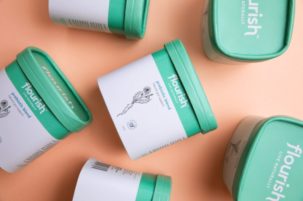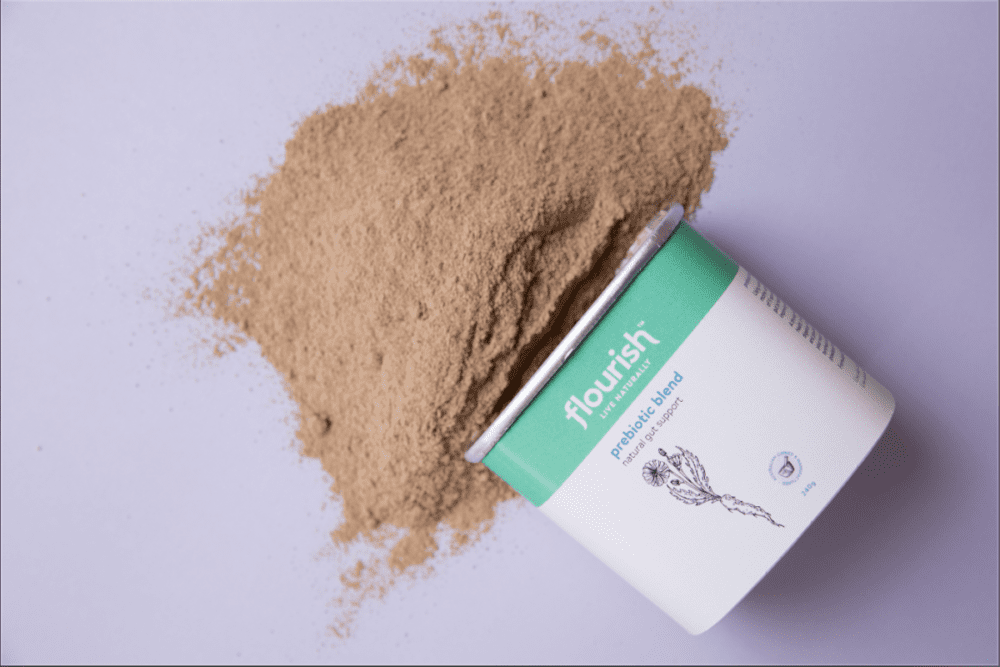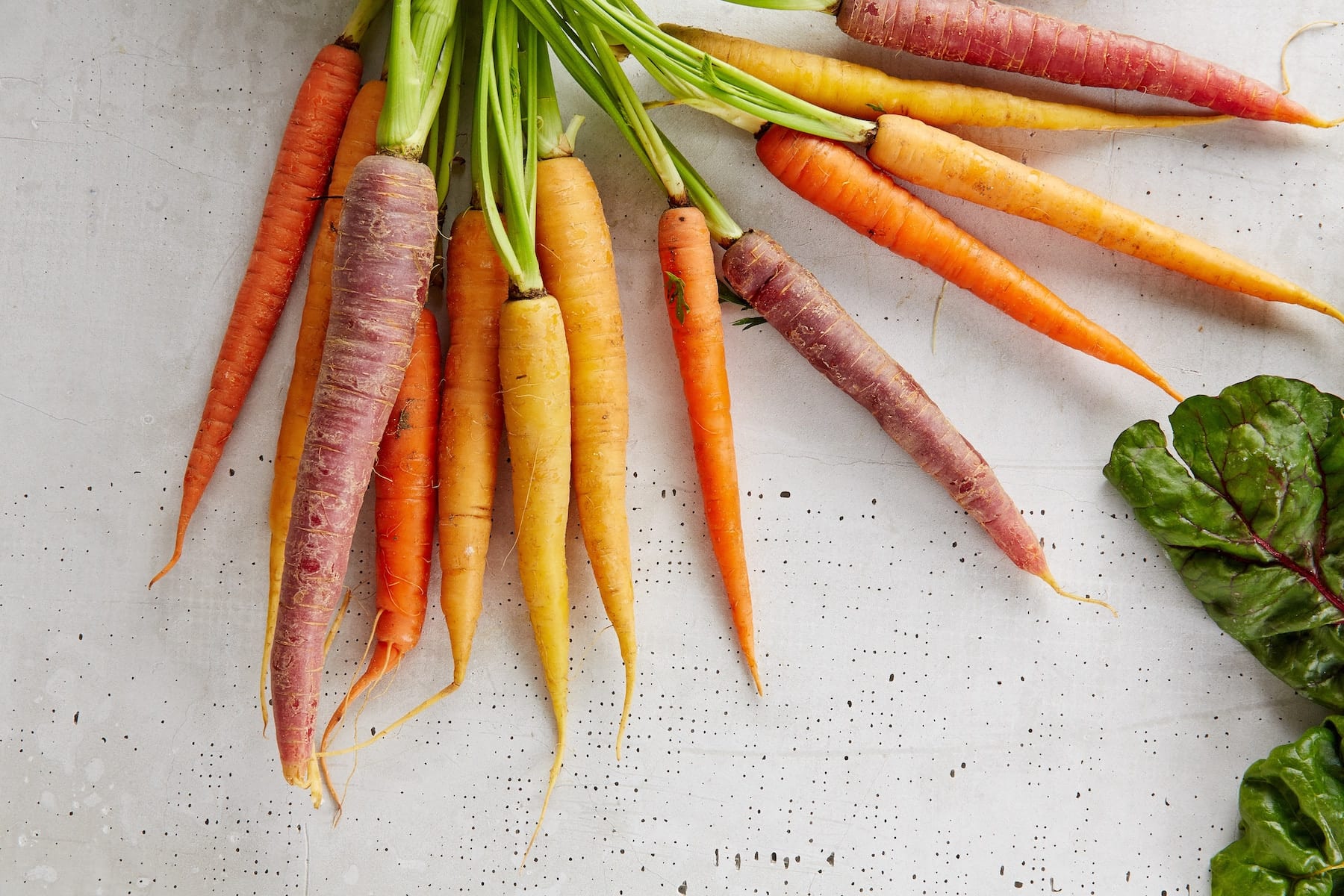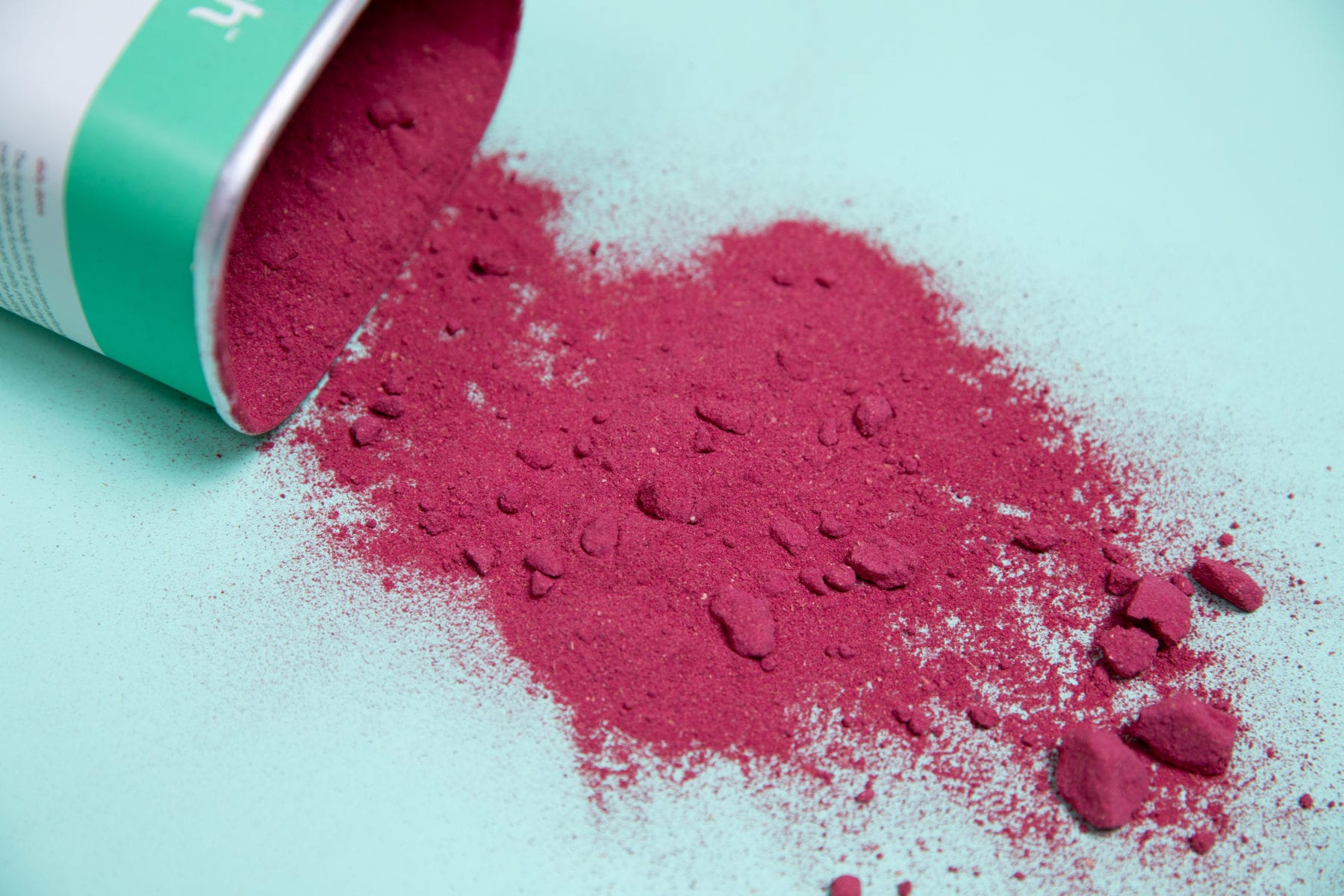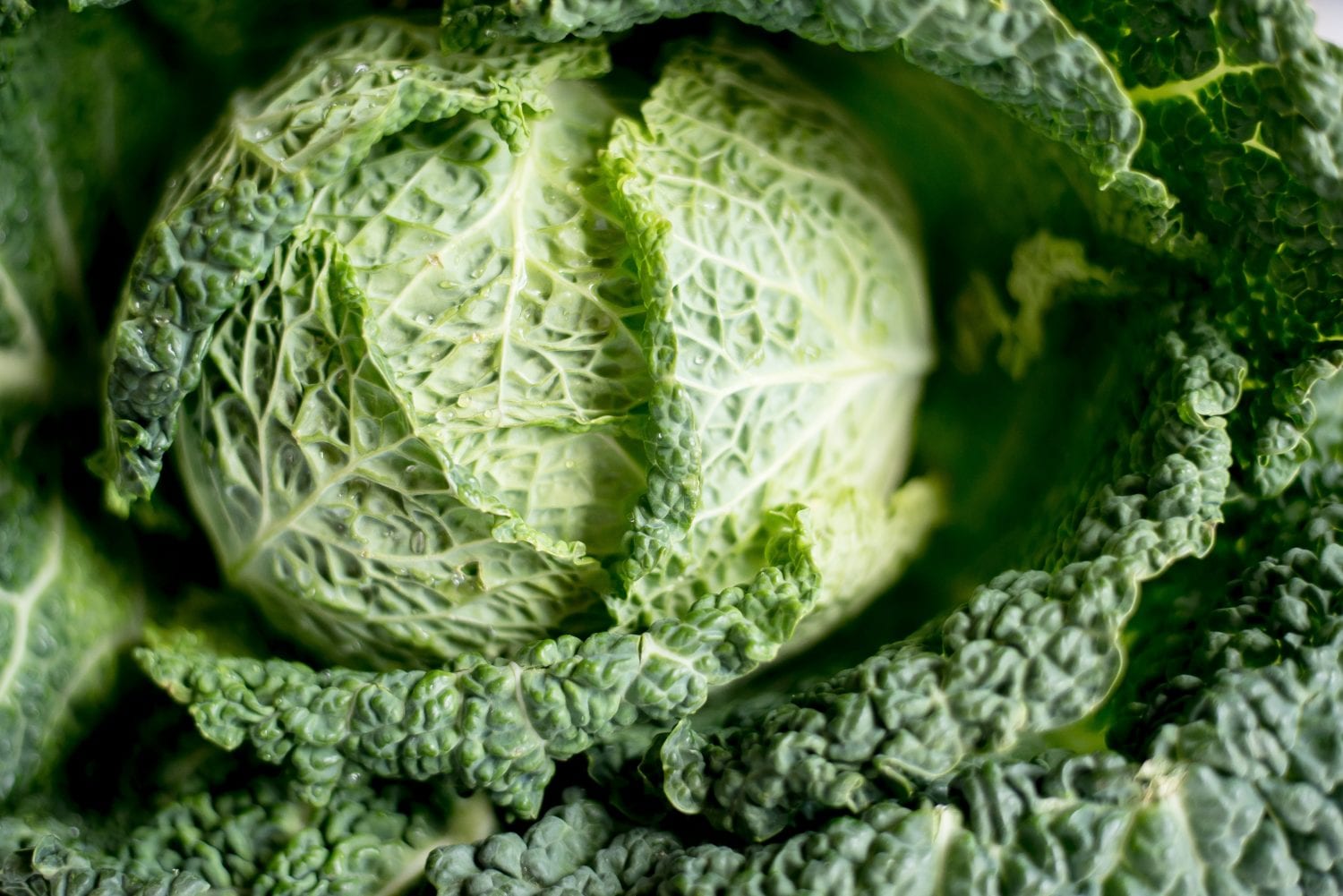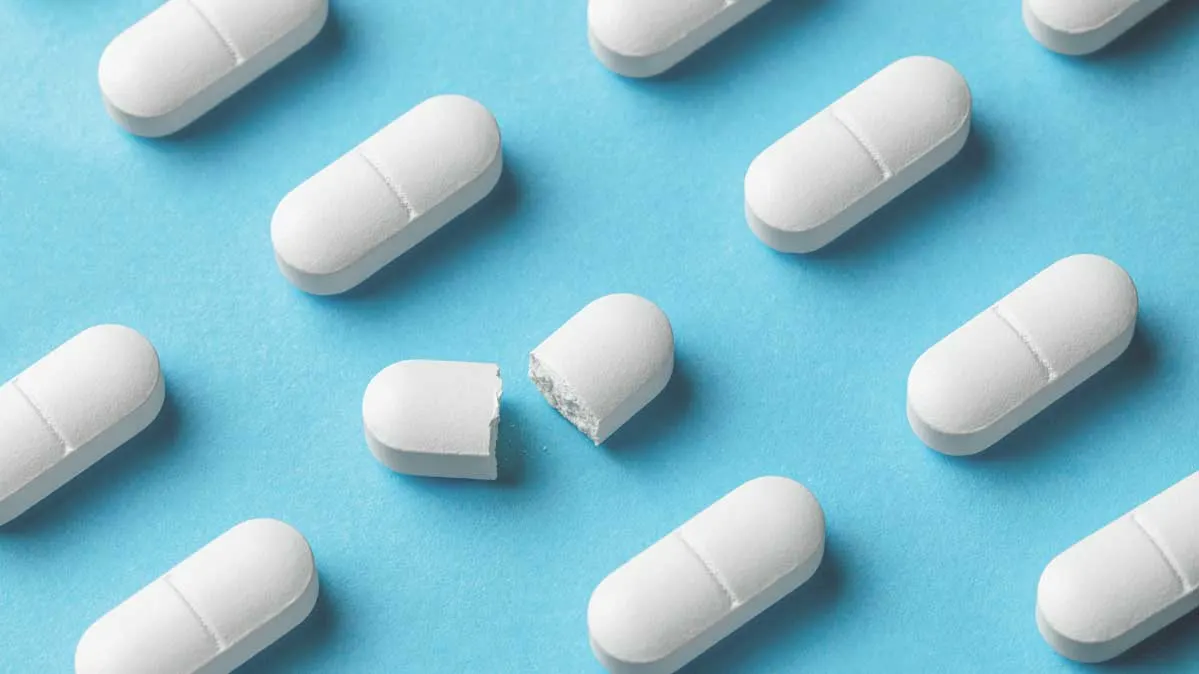Inflammation is a buzz word here at Flourish, namely because it is the target of one of our best selling products, the Turmeric Blend.
So often when we talk about inflammation, we associate it with chronic disease, however, inflammation is not always the enemy.
Part of the bodies natural immune system, without inflammation, the body would be unable to heal from infections, tissue damage or wounds.
For example, when you sprain your ankle, it swells and becomes hot and painful – three cardinal signs of inflammation. This is the body’s way of telling you to slow down while it heals what is broken and it’s the good kind of inflammation that our bodies need.
However, the inflammation that accompanies most chronic disease processes is not so good. Inflammation drives disease processes, which means it intensifies the disease in your body and makes it worse.
The inflammation pathway
The inflammation pathway is called the arachidonic pathway and it has two arms. One is pro-inflammation and drives inflammation cytokines or cells, and the other is anti-inflammation and drives anti-inflammation cytokines or cells.
The food we eat determines which pathway will be dominant. Animal products drive the pro-inflammation pathway.
Our lifestyles will often push our bodies to become more inflamed. The foods we eat, our stress levels and whether or not we exercise will all contribute to our inflammation levels. A balanced, plant-based your diet combined with controlled stress levels and regular exercise is the best path for getting on top of chronic inflammation.
Combatting Inflammation with our natural anti-inflammatory
Turmeric is one of mother nature’s best natural anti-inflammatories. It works exactly the same way as all the non-steroidal, anti-inflammatory drugs like Nurofen or Voltaren.
We are often asked what the difference between Turmeric and Curcumin is, and the easiest way to explain the difference is that Curcumin is like what vitamin C powder is to an orange. It is only one component of Turmeric, which actually has over 300 beautiful phytonutrients in it.
Turmeric as a whole contains curcuminoids and turmerones, and these turmerones cross into the brain and help turn off inflammation within the brain that causes foggy brain. They also help to keep the liver healthy.
It is so important to always choose whole foods as your medicine, not extracts as these really are not foods as all.
Shop our bestselling Turmeric Blend here.


